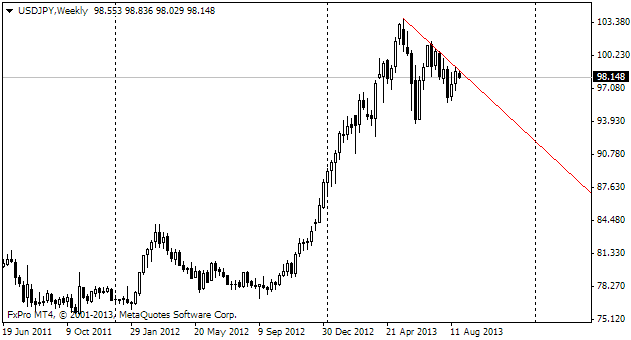EUR/usd
Yesterday's Flash PMIs for the eurozone could become an unpleasant surprise for the euro, just like frankly dovish comments of draghi and Nowotny at the weekend and on Monday. Actually, they didn't. The single currency proved to be strong enough to fight attraction, although absolutely all the Flash PMIs fell short of expectations. The German and EU estimates remain above 50, which separates decline from growth. Anyway, Germany's manufacture didn't grow, staying at approximately the same level, and the services sector slowed down its growth. As a result, the composite index tumbled from 56.0 to 54.8 and the Flash Manufacturing PMI, the most observed indicator, turned out at 52.4 against the expected 52.7. The French Composite PMI dropped to 48.0 instead of staying at 49.3. France really has trouble with the current rate of the euro, which is clearly seen in the anxiety with which the country's officials aspire to weaken the euro. Germany feels indifferent about it. It is not very eager about easing the monetary policy, already now facing minimal bond yields. For example, the 12-month bonds were placed with the yield of 0.01%, just in March it was 0.18%. It's true that a year ago the yield was even lower, but then it was explained by the demand for hedging of the periphery's bonds with higher yields by the reliable German and Dutch assets. Now both types of the bonds are suffering decrease in their yields. If we can't yet say that Europe is flooded with cash, we can surely state sharp increase in cash flow into these countries' assets. This way the real estate market is not far from warming up.
GBP/USD
The pound doesn't want to go far from 1.70 and in quiet times prefers to trade above this level. Most retail traders now expect decrease in the rate. We have spoken about it lately. Yet, big investors may have their own opinion of this. Very often at such moments they provoke stop gathering – pushing retail investors out of the market, as the latter usually have very close stop-losses due to a high leverage. In 2009, for example, there was a candlestick with a big upper shadow on the weekly charts. Over 6 days the pair flew up by 7 figures and only after that went down for long.

USD/JPY
Today the yen has been retreating since the very beginning of the day. It seems that dollar funding alone is not enough already. This momentum can hardly be called steady. The pair's trading range has significantly narrowed in the recent days, but it is definitely able to stay in it for a few more weeks.

USD/CAD
The armed conflict in Iraq results in growth of oil prices and arouses demand for commodity currencies. The Canadian Loonie crossed its 200-day MA three days ago and is now trading at the lowest level since last January. Then it shot up after the consolidation around 1.0650. It seems that now it wants to get back there from the current 1.0715.
